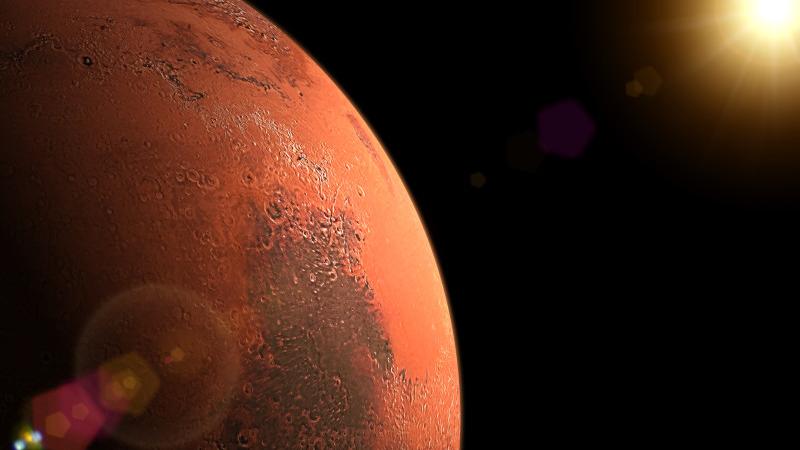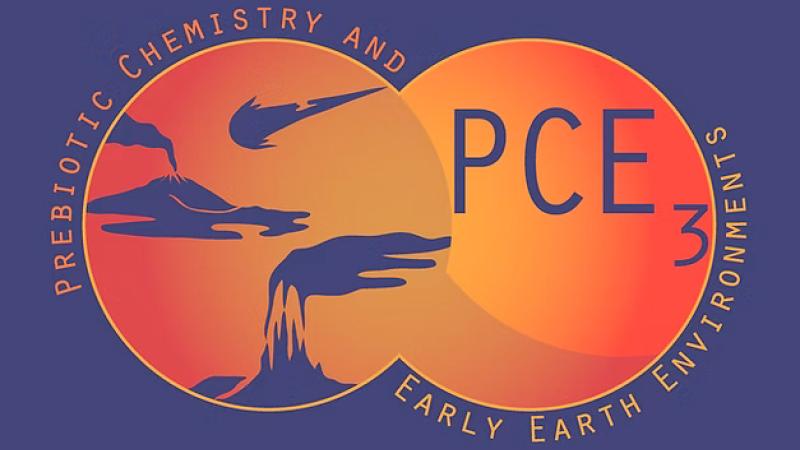The Rensselaer Astrobiology Research and Education (RARE) Center is at the forefront of astrobiology research, dedicated to exploring the origins, evolution, and distribution of life in the universe through innovative scientific inquiry and interdisciplinary education.
Join us as we continue to push the boundaries of science, education, and exploration at the forefront of astrobiology.
Learn more

